Introduction
Understanding German Shorthaired Pointer Exercise Needs is crucial for their well-being
- German Shorthaired Pointers thrive on physical activity to stay healthy and happy
- Regular exercise prevents boredom and destructive behaviors in this active breed.
- Engaging in varied activities ensures mental stimulation and physical fitness
- Adapting exercise routines to their age and health is essential for long-term wellness
- Outdoor adventures and interactive play are ideal for meeting their exercise needs
- Consistent exercise helps manage energy levels and supports overall health
- Learn how to balance exercise with rest for a well-rounded fitness routine
1. Understanding the German Shorthaired Pointer’s Exercise Needs
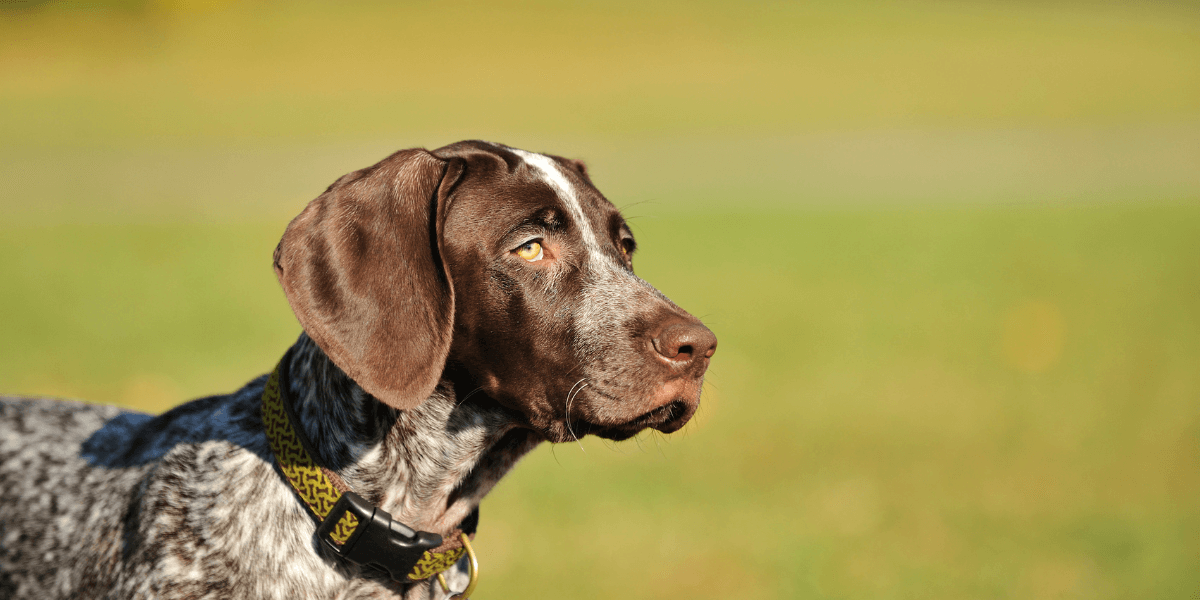
This breed requires a considerable amount of exercise to stay healthy and happy
Let’s explore their needs and how these can be applied to your Ridgeback
- Daily Exercise Duration: This includes running, playing fetch, or engaging in other high-intensity activities
- Variety in Activities: To keep them engaged, mix up activities with jogging, swimming, and agility training
- Mental Stimulation: Puzzle toys and training sessions can help keep their minds sharp
-
Social Interaction: Group play or dog park visits can satisfy their social needs
-
Seasonal Adjustments: Adapt exercise routines for extreme weather to ensure safety
2. Benefits of Regular Exercise for German Shorthaired Pointer
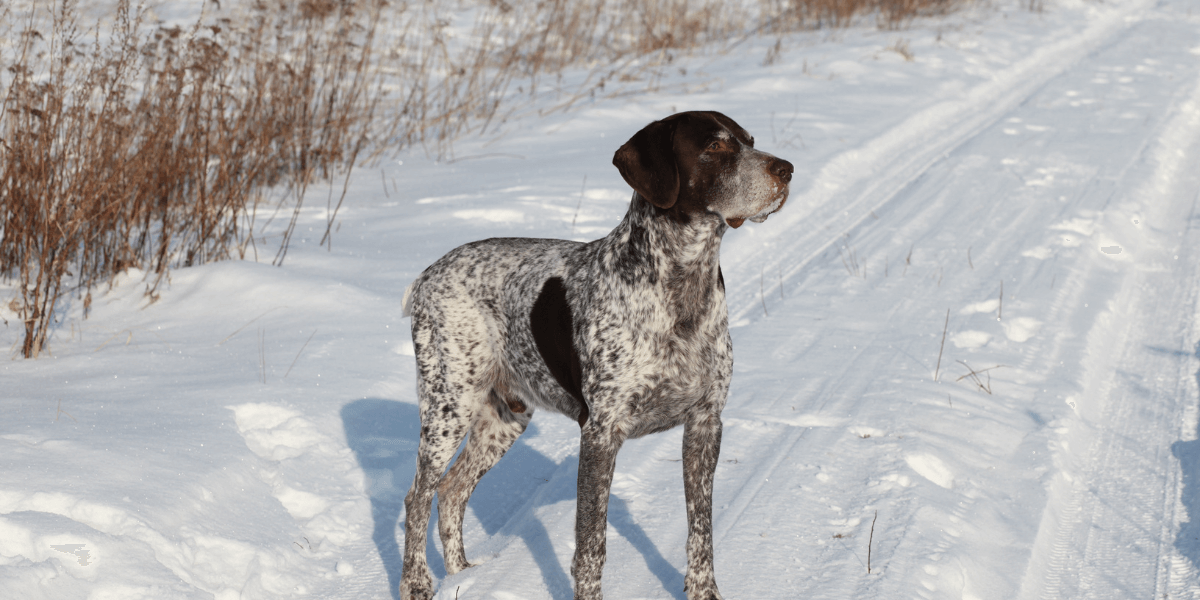
Regular exercise is vital for maintaining your Ridgeback’s physical and mental health
Understanding these benefits can motivate you to create a structured exercise regimen
- Physical Health: Regular exercise helps prevent obesity and strengthens muscles
- Mental Well-being: Exercise reduces anxiety and boredom, which can lead to destructive behaviors
- Behavioral Benefits: A well-exercised dog is often better behaved and more obedient
-
Bonding Time: Exercise creates opportunities for bonding between you and your Ridgeback
-
Energy Management: Regular activity helps manage their high energy levels and reduces hyperactivity
3. Creating an Effective Exercise Routine
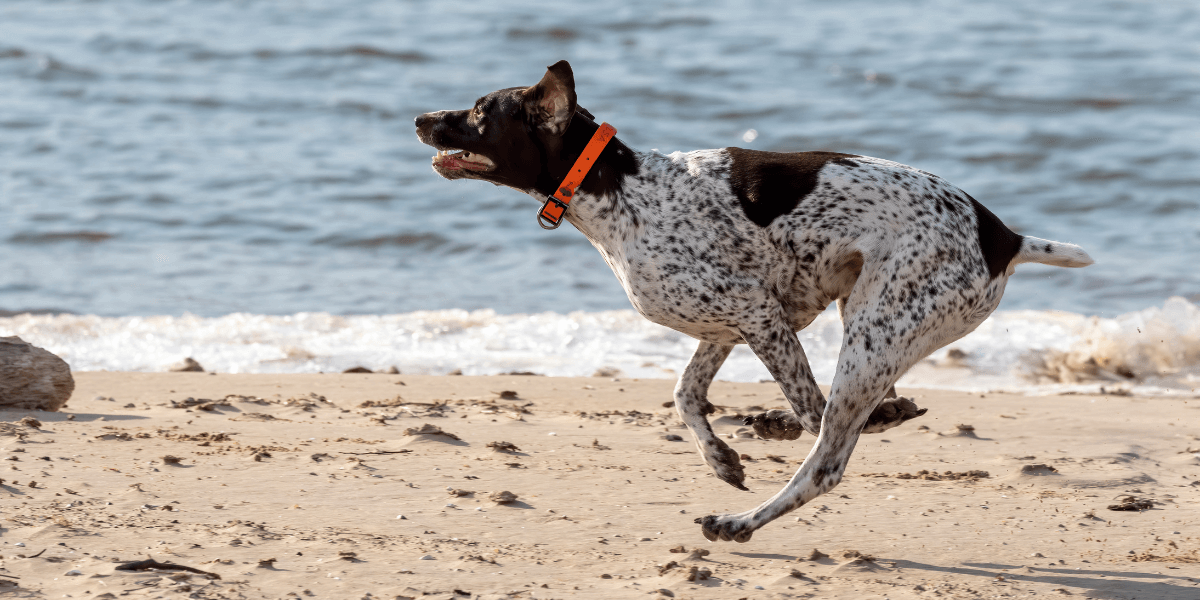
Effective exercise routine should be tailored to your Ridgeback’s age and fitness level
Here’s how to design one:
- Start Slow: Start with short sessions and gradually increase intensity
- Mix It Up: Incorporate a variety of activities to keep things interesting
- Consistency is Key: Establish a routine that you can stick to daily, ensuring your dog gets regular exercise
-
Monitor Progress: Track your dog’s fitness and adjust the routine as needed to avoid overexertion
-
Set Goals: Establish specific goals for distance, time, or activities to keep progress on track
4. Common Mistakes to Avoid
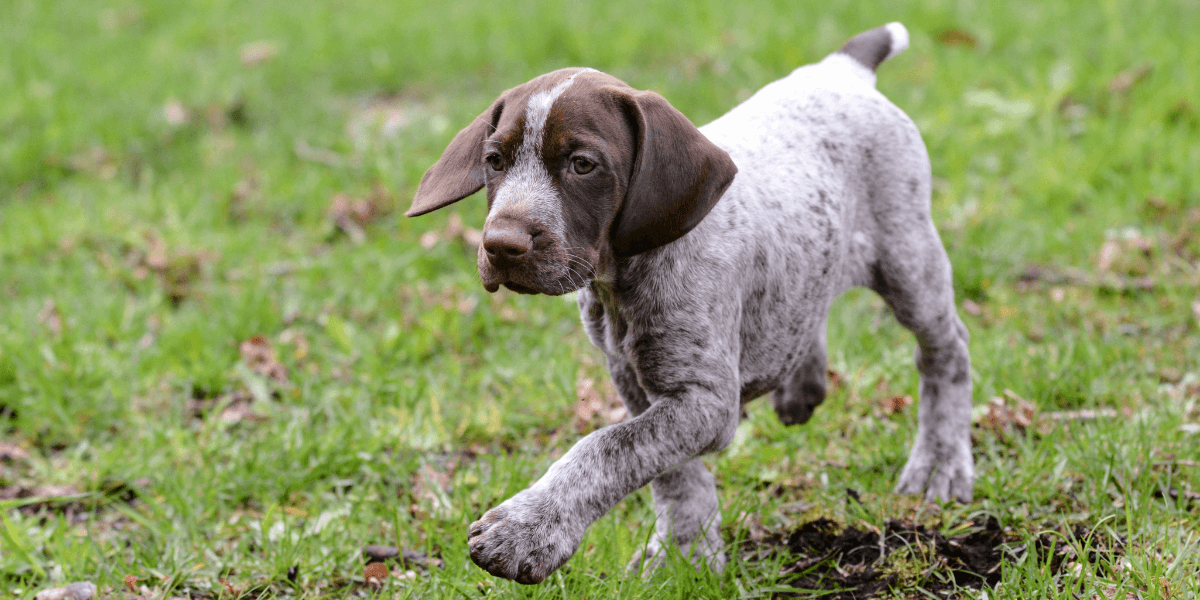
Avoiding common pitfalls can make a big difference in your Ridgeback’s fitness journey.
Here are some mistakes to steer clear of:
- Over-Exercising: Pushing your dog too hard can lead to injuries
- Neglecting Warm-Up and Cool-Down: Just like humans, dogs need time to warm up before vigorous activity
- Ignoring Weather Conditions: Be mindful of extreme weather conditions
-
Skipping Variety: Doing the same routine can lead to boredom and lack of motivation
-
Inconsistent Routine: Irregular exercise can disrupt progress and affect your dog’s fitness
Discover how training your German Shorthaired Pointer can avoid common mistakes with tips from Great Dane Training!
5. Incorporating Mental Stimulation
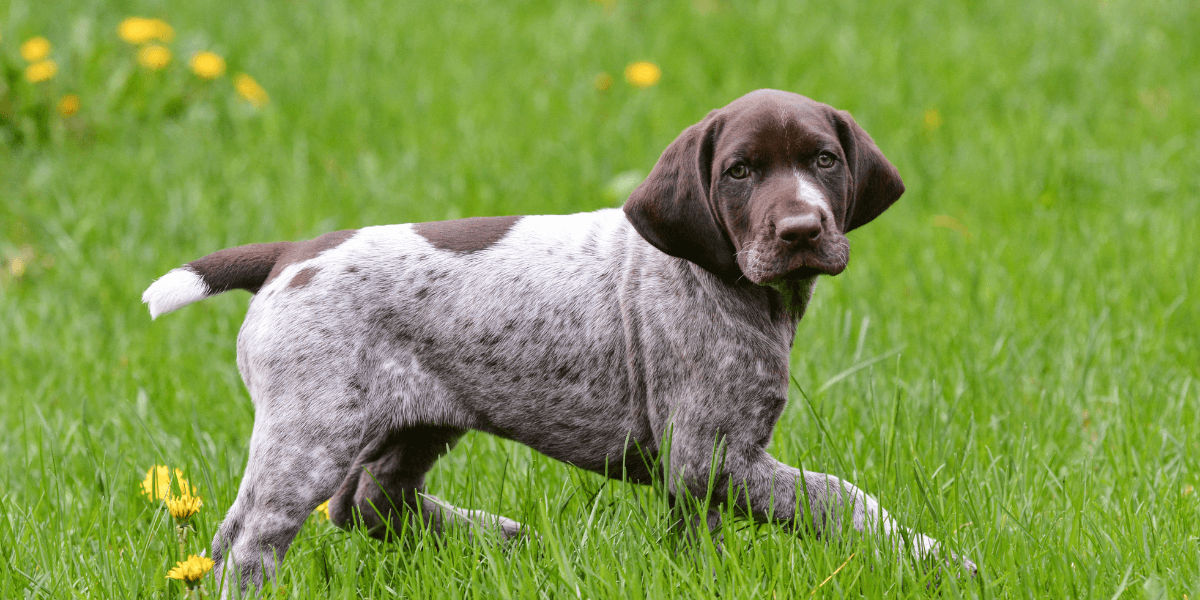
Mental stimulation is just as important as physical exercise.
Here’s how to keep your Ridgeback mentally engaged:
- Training Sessions: Incorporate obedience training and new tricks into your routine
- Socialization Opportunities: Arrange playdates or group classes to enhance their social skills and mental agility
- Interactive Toys: Invest in puzzle toys and treat-dispensing toys to provide mental challenges
- Varied Environments: Take your dog to different environments to expose them to new sights, sounds, and smells
6. Tracking Progress and Adjusting Routines
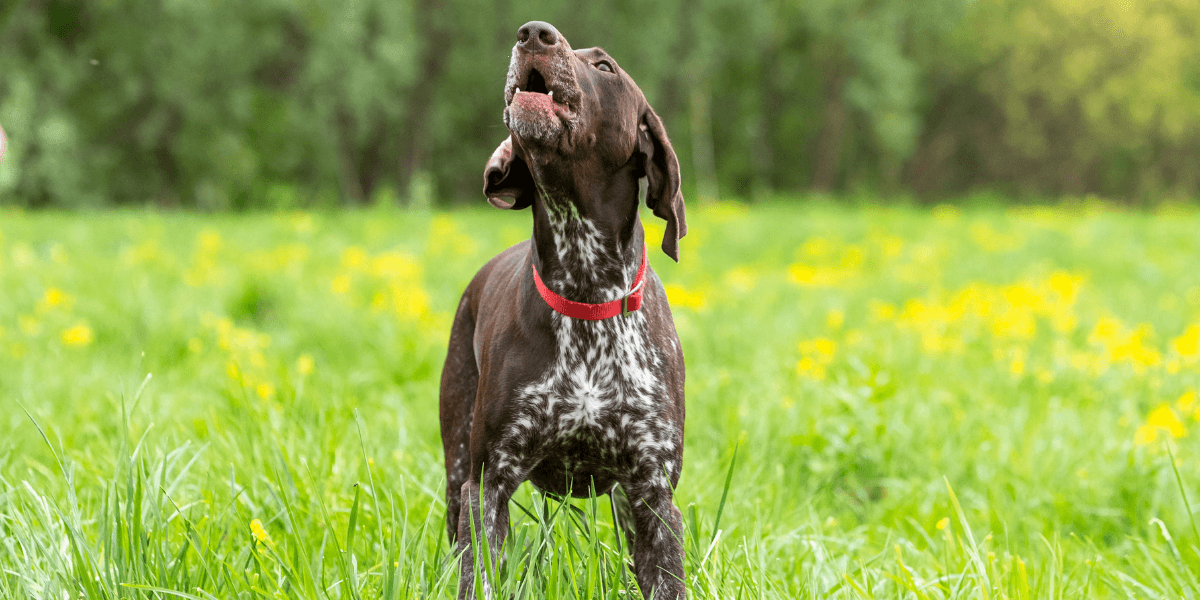
Tracking your dog’s progress and adjusting routines as needed ensures
They’re always getting the right amount of exercise
- Monitor Health Indicators: Keep an eye on your dog’s weight, energy levels, and overall health
- Adjust Intensity: Increase or decrease exercise intensity based on your dog’s age and health condition
- Consult a Vet: Regular check-ups with a veterinarian can help tailor the exercise plan
-
Record Sessions: Log exercise details to track progress and adjust as needed
-
Review Goals: Regularly update goals to match your dog’s evolving needs and fitness
Learn to track your German Shorthaired Pointer’s routines while preventing issues like hip dysplasia in Great Danes.
7. Making Exercise Fun for Your German Shorthaired Pointer
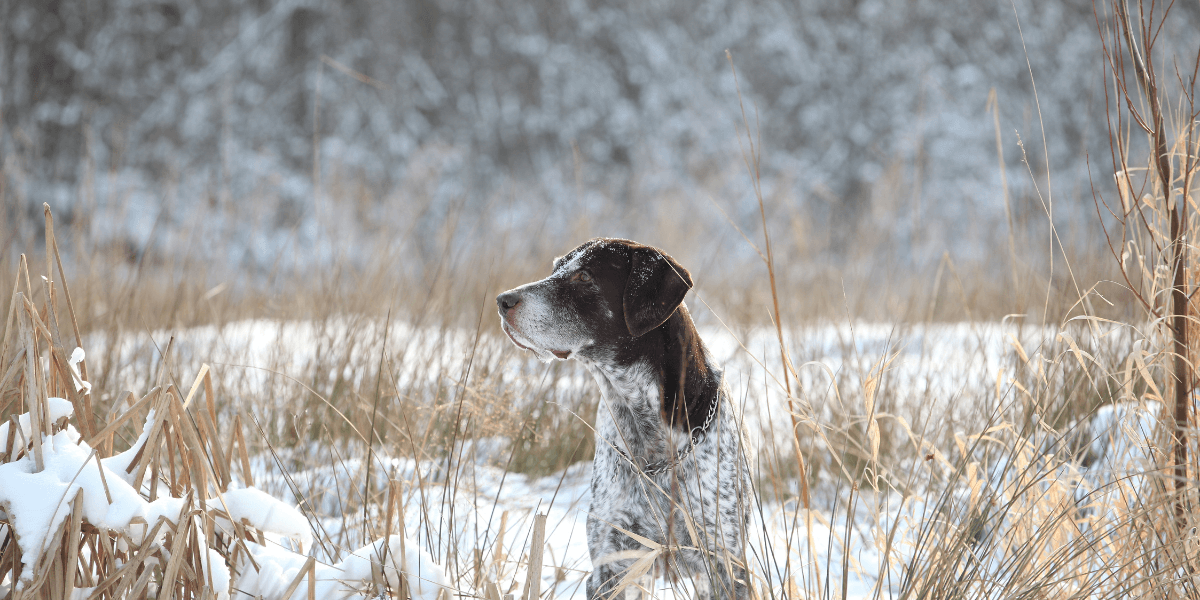
Making exercise enjoyable ensures that your Ridgeback looks forward.
Here are some tips:
- Play Games: Incorporate games like fetch, tug-of-war, and hide-and-seek into your routine
- Use Positive Reinforcement: Reward your dog with treats and praise to encourage enthusiasm for exercise
- Exercise with Your Dog: Join in on the fun by running or playing with your dog, which also benefits your health!
Make exercise recovery fun and cozy for your German Shorthaired Pointer with the best orthopedic beds!
FAQs
1. How much German Shorthaired Pointer exercise needs daily?
- They need at least 1-2 hours of vigorous exercise daily
2. What activities are best for meeting German Shorthaired Pointer exercise needs?
- Activities like running, fetch, and agility training work well
3. Can a German Shorthaired Pointer live in an apartment?
- They can, but they need plenty of exercise and mental stimulation
4. How do I know if my German Shorthaired Pointer is getting enough exercise?
- Look for signs like a calm demeanor at home and a healthy weight
5. How can I keep my German Shorthaired Pointer fit and happy?
- Provide daily exercise, mental challenges, and social interaction
6. What are the signs of overexercising a German Shorthaired Pointer?
- Watch for excessive fatigue, joint stiffness, and reluctance to exercise
7. How can I vary my German Shorthaired Pointer's exercise routine?
- Mix activities like hiking, swimming, and interactive play to keep it interesting
Conclusion
- Meeting German Shorthaired Pointer exercise needs promotes a happy, balanced dog
- Consistent exercise helps prevent common behavioral issues and maintains health
- Tailor activities to your dog’s age, energy level, and health for optimal results
- Incorporate a mix of physical and mental stimulation to keep your dog engaged
- Regular outdoor adventures are beneficial for both fitness and bonding
- Monitor your dog’s response to exercise and adjust routines as needed
- A well-exercised dog is a well-behaved dog, leading to a more enjoyable companionship
- Prioritize exercise in your routine to ensure your dog’s long-term happiness and health
Your feedback helps us provide more valuable content!
References
For more detailed information on German Shorthaired Pointer Exercise Needs, check:
- How Much Exercise Does a German Shorthaired Pointer Need?
- What are the best treatments for dog hip and joint pain?
- Activities For German Shorthaired Pointers
- German Shorthaired Pointer Exercise Needs
- The Best Joint Supplements for Dogs with Hip and Joint Pain
Thank you!



